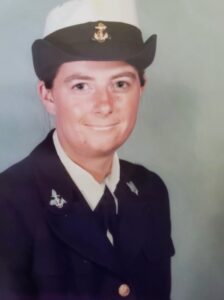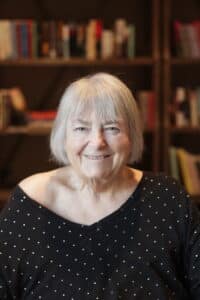When Saigon fell in April of 1975, Operation New Life evacuated 130,000 people who had been closely associated with American forces. More than 111,900 of them went first to Guam. Of these evacuees, some 2,600 were abandoned or orphaned children who were evacuated in what is known as Operation Babylift.
Initially, the most wealthy and highest-status evacuees arrived via helicopter. They were desperate for safety, sometimes trying to bribe military servicemen with gold bars in exchange for promises of protection for their children. Then Naval ships began arriving, transporting up to 13,000 evacuees at a time. After years of terror and deprivation caused by war and then weeks at sea, the people arriving on the shores of Guam were ill, many in need of medical attention. Military personnel in the hospitals and clinics began working 12-hour shifts around the clock, traveling to the newly erected tent city and temporary housing units to deliver care for the evacuees.
One of the medics who provided medical care for the evacuees was Lindsey Lovett, a young Hospital Corpsman serving in the Navy. She held infants and small children suffering from diseases that had been eradicated in the United States. Without access to vaccinations, though, the Vietnamese evacuees had no defenses, and many died before they could find new homes in the United States. “It was one of the darkest moments,” Lindsey remembers.
Path to Guam
Lindsey knew since childhood she wanted to be a nurse. Upon graduating from high school in Sunnyvale, California, she felt restless. She didn’t want to go directly to college. As she began looking at options, she realized that the Navy could provide some medical training and would offer her the chance to travel—while being paid.
Lindsey enlisted in the Navy not long after becoming a United States citizen. Born in Great Britain, Lindsey and her family traveled aboard the Queen Elizabeth to Toronto via New York. By the time Lindsey started school, her family had settled in California. She and her parents all became US citizens when Lindsey turned 16. And within two years, Lindsey was a sailor. “I’ll never regret it,” Lindsey said. “I’m just proud I had the chance to serve my country.”
Initially, Lindsey was stationed at Camp Pendleton, serving Marines in a variety of roles—working the ER, OB/GYN, and pediatrics. After a couple of years there, she was transferred to Guam in the Northern Marianas.

Lindsey Lovett in her Naval uniform.
Serving in Guam
“The people were so warm and friendly,” Lindsey says of her time in Guam. She remembered weekend celebrations filled with delicious food and dancing in different villages around the island. When new servicewomen arrived, Lindsey enjoyed being the Navy’s unofficial tour guide, showing them all the best spots.
Being in Guam also allowed her to travel. She visited other islands in the Northern Marianas in addition to traveling to the Philippines, Japan, and Okinawa. And for the most part, the weather was warm and sunny!
Except, of course, when tropical storms came. She remembered one hurricane that was a level 3 tropical storm. In those instances, every pregnant woman on the island was required to stay at the hospital. Lindsey’s friend was an OB/GYN nurse at the time. As the pregnant women filled an entire ward of the hospital, talking and laughing, Lindsey and her friend feared they might be delivering a whole lot of babies during that storm!
Initially, Lindsey was one of only six or seven women working at the Naval Base in Guam. “It was a man’s world,” Lindsey said, “but we forged our way through. We showed them what we could do.” The camaraderie and teamwork Lindsey found and nurtured in the Navy stuck with her throughout her career. “Serving in the Navy reinforced what teamwork is, especially when you’re working in a crisis situation.”
As a crucial member of a team, Lindsey did amazing, life-saving work as a medic in the Navy, including her care for the Vietnamese evacuees. After her first four years, she wanted to re-enlist, but the only medical training program the Navy could offer was limited to urology, a field that did not interest Lindsey. Instead, she went back to school, getting her master’s degree in nursing.
Lindsey’s Life Work
For more than thirty years, Lindsey cared for oncology patients. She witnessed patients’ strength through brutal chemotherapy regimens. She appreciated how, when faced with a difficult prognosis, patients’ perspectives shifted to what really mattered. “They wanted to live to see a wedding or a baby born,” Lindsey remembers. “They were the most amazing people. They taught me about strength. And not to worry about the little things.”
Above the chapel doors at the Naval Academy in Annapolis, Maryland, one can see the words sometimes attributed as the unofficial motto of the Navy: “Non sibi sed patriae,” that is, “not self but country.” Throughout Lindsey’s Naval service and nursing career and now retired, Lindsey embodies this service to others first.

Lindsey Lovett, one who serves
Honoring Veterans
At Bruceville Point, Lindsey is just one of many Veteran residents who have courageously served our country. This year we are honoring them with a celebration on Veteran’s Day, including the unveiling of our new Veteran’s Wall, a permanent feature that conveys our gratitude for their service.
If you would like to recognize our Veterans, we invite you to join the celebration. For more details and to RSVP, please email our Events and Adventures Director, Jaime Cervantes (jcervantes@brucevillepoint.com).
Discover life at Tenfold’s Bruceville Point
We created Bruceville Point to support our residents to live their best lives possible. Our community’s design, residences, activities and amenities are all focused on helping to connect, engage and create an enriched life.
If you’re searching for senior living that is different from the rest, we hope you will consider Tenfold’s Bruceville Point. We invite you to download our complimentary guide Staying Home vs. Senior Living. Contact us to speak to an advisor, or schedule your tour of Bruceville Point today to experience senior living and our community for yourself.


